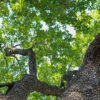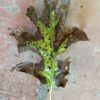Bacterial Leaf Scorch
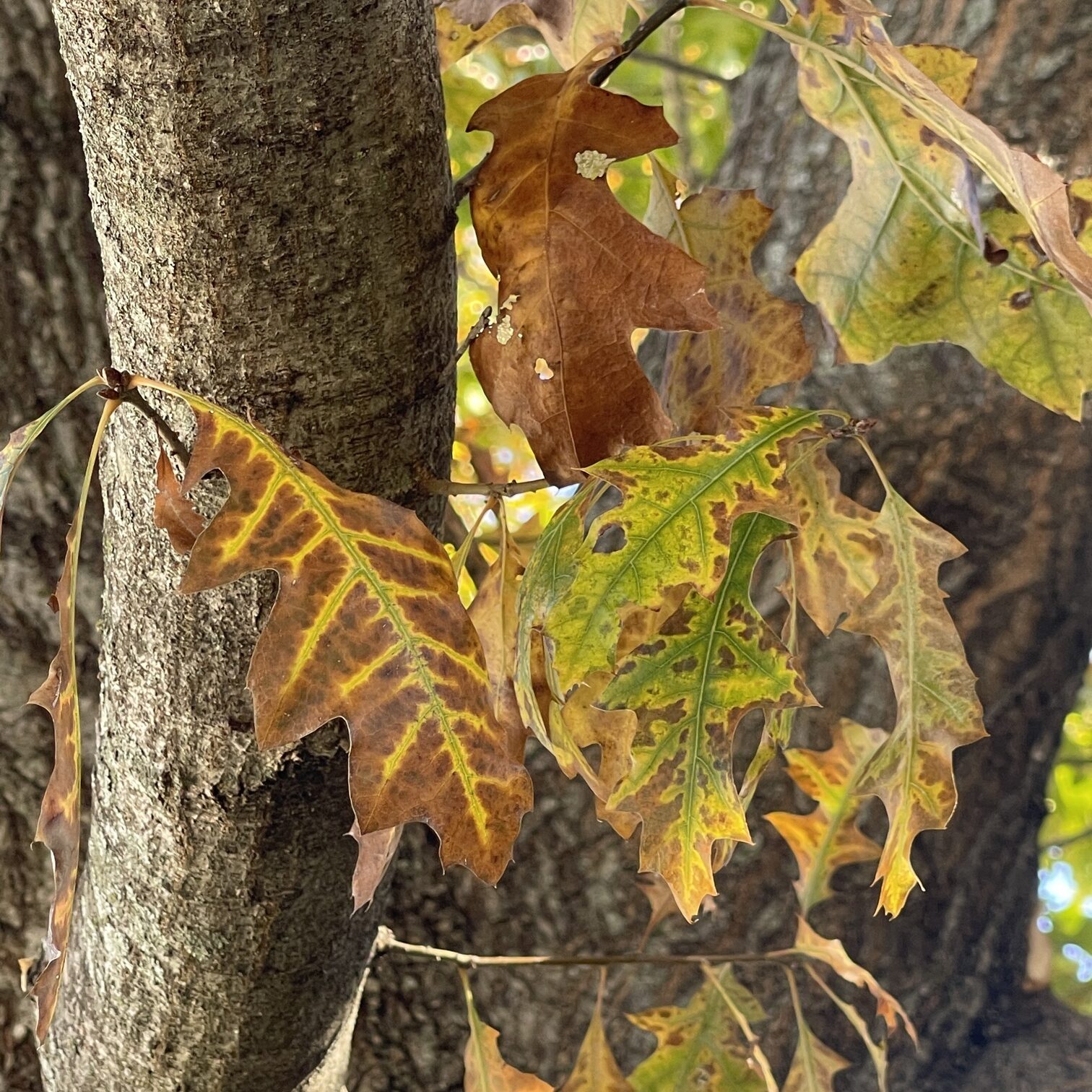
Bacterial Leaf Scorch Red Flags
- Leaf browning with yellow halo
- Early defoliation
What is Bacterial Leaf Scorch?
Bacterial Leaf Scorch is a disease caused by the bacterium Xylella fastidiosa. It affects a wide range of trees, causing leaves to become scorched or burned on the edges. Over time, this disease can lead to tree decline and even death if not properly managed. This bacterium resides in the xylem, which is the part of the tree responsible for transporting water and nutrients. The disruption in this vital system results in scorching, as the tree struggles with nutrient deprivation.
Interestingly, Xylella fastidiosa not only affects trees but also other plants, leading to various diseases often characterized by symptoms similar to drought stress. This makes it particularly challenging to diagnose, as early signs can be mistaken for other conditions that affect water uptake. Its adaptability means a variety of trees, like oak, sycamore, and elm, might fall prey to this bacterium due to its ability to colonize various plant hosts.
How a Texas Tree Surgeons ISA Certified Arborist Diagnosis Bacterial Leaf Scorch
Diagnosis of Bacterial Leaf Scorch involves a combination of visual inspection, environmental history, and laboratory testing. Texas Tree Surgeons ISA Certified Arborists follow a systematic approach that includes:
- Assessment of symptoms (leaf scorch pattern, premature leaf drop, branch dieback)
- Review of site conditions and tree history to rule out other stressors like drought or root damage
- Sampling for lab analysis, where leaf petioles are tested for the presence of Xylella fastidiosa
Laboratory confirmation is crucial, as other conditions can mimic BLS symptoms. Working with a certified arborist ensures that proper sampling and interpretation of lab results are done.
How Texas Tree Surgeons Treat / Manages Bacterial Leaf Scorch
For trees already affected by Bacterial Leaf Scorch, ongoing care is important. This includes regular watering, fertilization, and monitoring for additional stress factors. While these trees may eventually need to be removed, proper care can prolong their life and improve overall tree health. Ensuring these trees are not subjected to further stressors like drought or damage from lawn equipment is also part of a good management strategy.
Routine soil and foliar nutrition assessments can also be instrumental in strengthening an infected tree’s natural defenses. By paying attention to soil composition and optimizing it, trees suffering from Bacterial Leaf Scorch can fight off the infection longer, which can be particularly effective in urban environments where tree stress can be compounded. Support services, such as those offered by local arborists, can provide a strategic plan tailored to individual tree needs.
What can Homeowners do to help their trees with Bacterial Leaf Scorch?
While there’s no cure for Bacterial Leaf Scorch, measures such as regular pruning, controlling insect vectors, and planting resistant tree varieties can help manage its impact. Implementing a routine maintenance program is essential to control the spread and minimize damage. Regular monitoring offers the best chance of catching potential issues before they escalate, making regular tree check-ups a worthy investment for any garden enthusiast.
Aside from cultural practices, community engagement in tree health is vital. Sharing tips with neighbors on effective management practices can help create a coordinated front against the spread of Bacterial Leaf Scorch. Governments and Tree health organizations often provide guidelines and resources for community-based tree health initiatives, emphasizing environmental awareness.
What Species are Texas Tree Surgeons Arborists Seeing this Effect?
- Oaks
- Elms
- Sycamores

Concerned Your Tree is showing signs of Bacterial Leaf Scorch? Schedule a consultation with a Texas Tree Surgeons Certified Arborist today. Let’s build a long-term care plan to keep your trees strong, beautiful, and pest-free.
Tree Health Care
View Photos of our ISA Certified Arborists & Tree Health Care Technicians Providing Consultation and Care

PREVENTATIVE EAB TREATMENT
If there is EAB activity within a few miles of where you live or property you manage we recommend preventative systemic insecticide treatment applied by a licensed TDA tree health care technician. EAB treatment lasts for 2 years and must be applied regularly to protect ash trees from infection.

OAK WILT TREATMENT
As oak wilt is a systemic, vascular disease, the most effective treatments consist of injecting the infected trees with a fungicidal chemical. The only currently recommended fungicide is Alamo®, a formulation of the fungicide propiconazole. The fungicide is administered through holes drilled in the root flare of the infected tree and should only be applied by Texas Department of Agriculture Licensed Applicators.

STRESSED MAGNOLIA | AFTER
This after photo was taken June 27, 2024 of a magnolia tree after receiving multiple interventions to improve its health. In addition to a tree health care plan of a deep root fertilization with Biopack plus and Sea3 applied by our TDA licensed technician the owner also fixed the irrigation and cleared the root flare. The difference in health is beautiful.

FERTILIZATION
Our Tree Health Care Programs are designed to deliver the right nutrients at the right times throughout the year. We use the highest quality soil conditioners and fertilizers that are delivered at critical points throughout the seasons to optimize the growth and health of trees.

DEEP ROOT INJECTION SERVICES
At Texas Tree Surgeons our deep root injection services provides fertilization deep into the soil. Our unique mixtures combine macro- and micro-nutrients, root growth stimulators, soil conditioners, beneficial biotics (both mycorrhizal fungi and rhizobacteria), and organic materials to cultivate the optimum natural growth environment.

ROOT PRUNING POST AIR SPADING
To correct this improperly planted tree our Tree Health Care Technicians air spade to expose the root flare and to prune away girdling roots. You can learn more about how to properly plant a tree here.

GIRDLING ROOTS
This tree was planted too deep and has several girdling roots (roots that circle the tree and do no flare out) that left unmanaged would eventually kill the tree. After air spading our Tree Health Care Technicians are pruning the roots and adjusting the soil around the tree to expose the root flare to improve tree health.

INSPECTING FOR POSSIBLE DECAY
Sometimes issues with a tree aren't clearly visible on the outside so an arborist will need to inspect the interior. An arborist does this by probing with a small knife to see how extensive the decay in a region of a tree is. Arborists are able to use this information along with other signs to determine if there are potential structural issues or possible increased chances for failure.

MEASURING DBH
The best way to approximate the size of a tree is to measure their dbh, (diameter, breast, height). This enables our arborists to estimate the amount needed for Tree Health Care products or pricing for Tree Removal.
Related Blogs
Similar blogs related to this topic
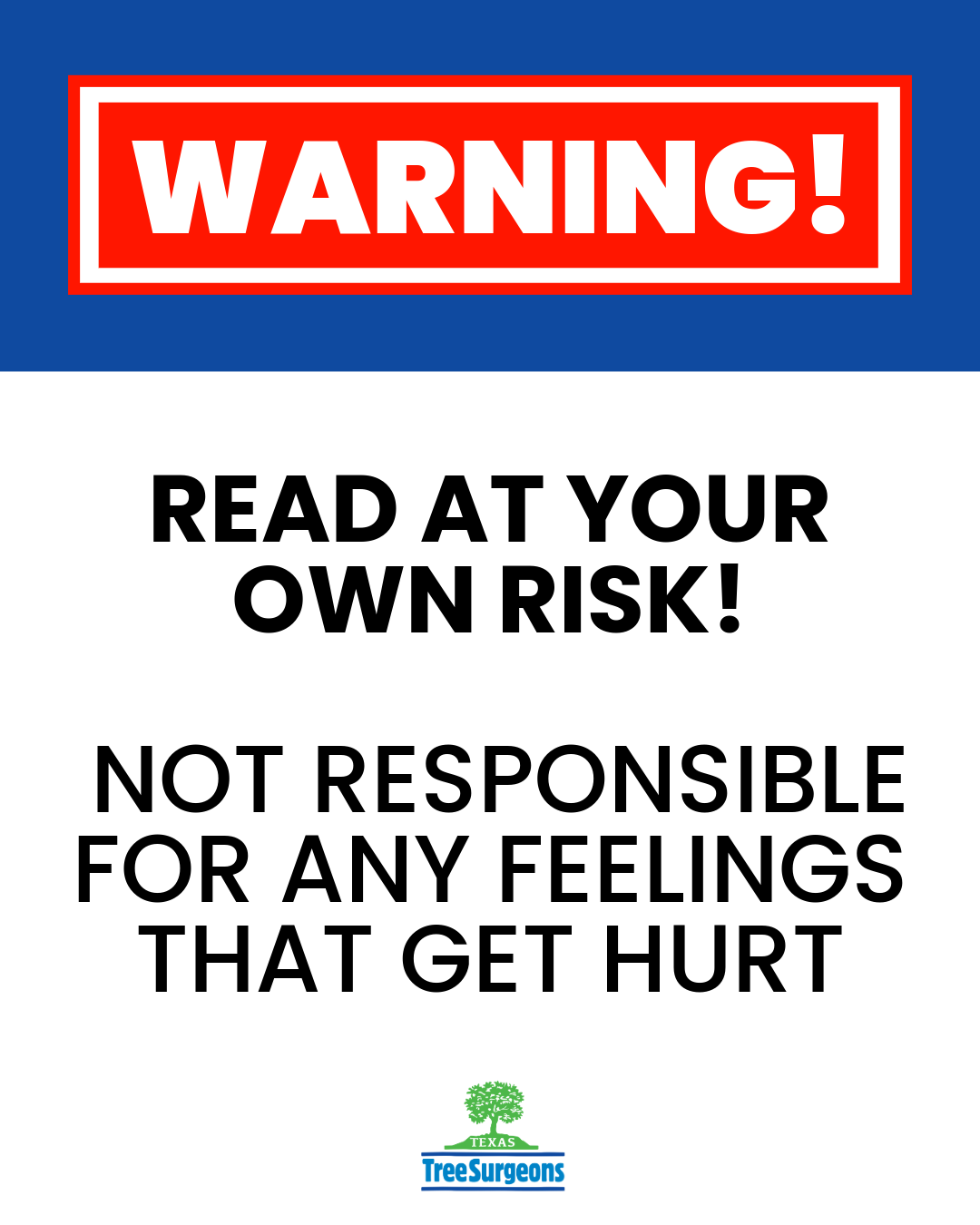
Top 10 Things We'd Tell You as an Arborist if We Weren't Afraid of Hurting Your Feelings
This is a list of tree care worst practices that you, or someone you know may be guilty of. Read the following list at your own risk. You’ve been warned, feelings may get hurt. 1.…
Read more
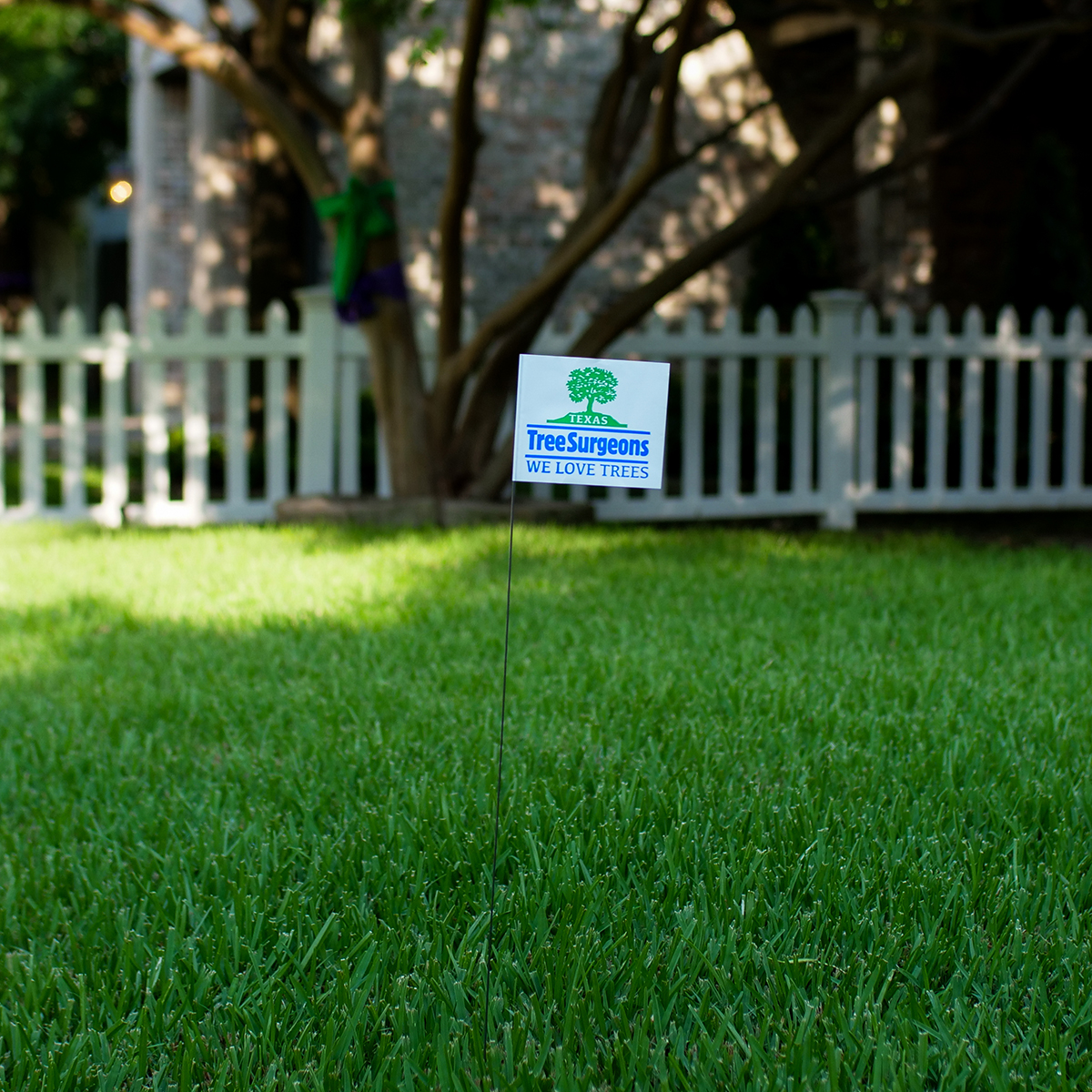
Avoid These Tree Care Mistakes for a Healthy Landscape
Below is a list of overlooked mistakes that could jeopardize the health of your trees. From missteps in pruning to incorrect watering practices, discover how to give your trees the care they deserve. Red oak…
Read more
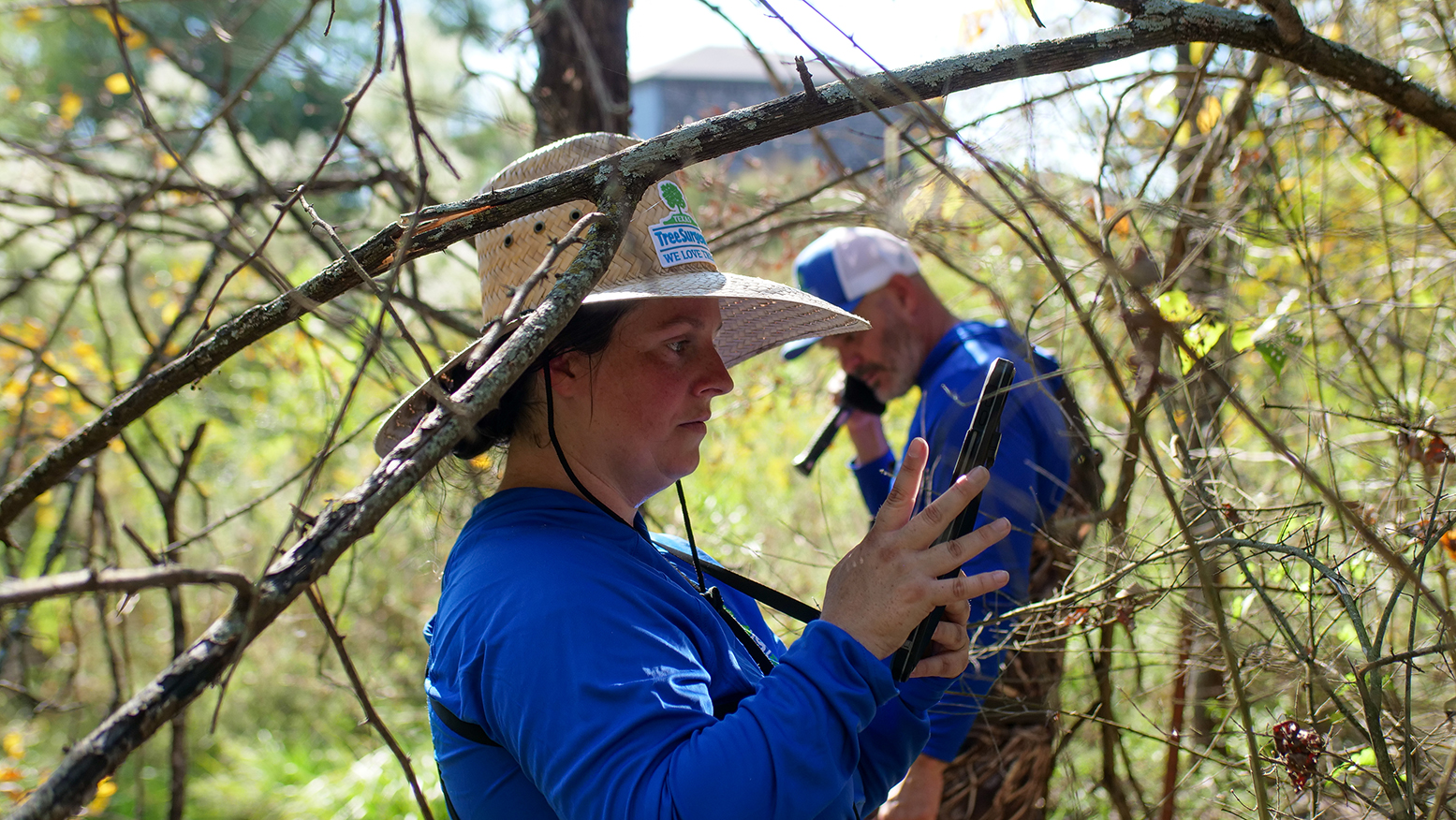
Why do Arborists Recommend Soil Sampling in Urban Areas like Dallas?
Soil sampling is a crucial practice in urban areas like Dallas. It helps arborists make informed decisions about your landscape to ensure a healthy urban ecosystem. Our native soils vary widely—from the dense clays of…
Read more